Many people face a diagnosis of lumbar osteochondrosis.Symptoms of this disease: persistent pain in the lower back, as well as limited exercise, loss of sensitivity, etc.In any case, it should be understood that in the absence of treatment, this disease can lead to many neurological complications.So what is a disease?What was her first sign?What treatment does modern medicine offer?This information is useful to every reader.
What is osteochondrosis?
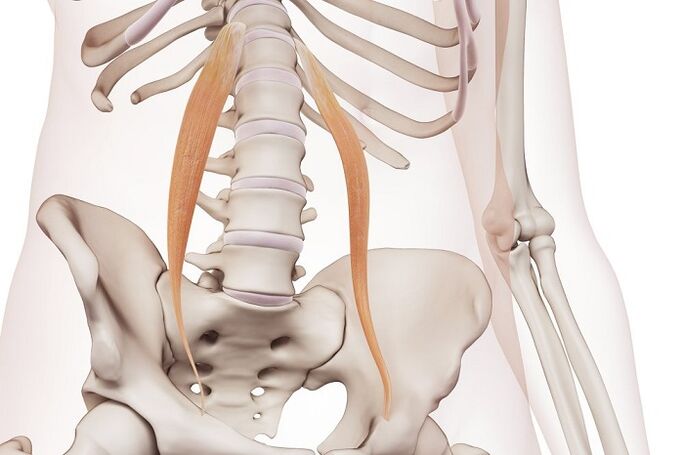
Osteochondrosis is a long-term progressive disease accompanied by degeneration of connective and bone tissue of the spine.The process of pathological changes in tissues begins with the intervertebral disc.The structure consists of a fibrous annular ring with a gel-like pulp.
Due to violation of normal metabolism, it will gradually dry.In turn, changes were also observed in the fibrous annex: tears and cracks formed in the tissue, so the core could be surpassed.Similar processes can affect the status of vertebrates, because the vertebrae must bear weight.Therefore, not only the intervertebral discs, but also participate in vertebrae, ligament and vertebrae joints.
Usually, the disease begins in adulthood or in old age, although in some cases it is a condition where the disease is diagnosed in adolescents.By the way, lumbar osteochondrosis is the most common form of this disease.
Causes of disease development
This pathology develops due to violation of normal metabolism and the presence of increased physical fatigue.It is worth noting that the degeneration process is usually initiated under the influence of several factors.To date, lumbar chondrosis has been considered a multifactorial disease.This is just the most common reason for transgender.
- First, it should be pointed out that inherited tendencies.The cause may be congenital anatomical features of bone and metabolic diseases, such as the mis-metabolism of glycoproteins.
- Risk factors include flat feet because using this pathology, normal spinal load is redistributed.
- In some cases, osteochondrosis develops in the context of spinal injury.
- Static loads can also be attributed to risk factors.For example, long-term or in a uncomfortable position.
- Body stress can also begin the degeneration process, especially with professional athletes.
- Often, due to the spine as well as the entire bone, the process develops in obese people and can increase the load.
Severity of osteochondrosis in the lumbar bone

The disease gradually develops.To date, four major osteochondrosis that are habitually distinguishing the waist area (some doctors will issue three).
- In the first stage, the gradual change and movement of the jacket nucleus in the intervertebral disc.
- Secondary degree of lumbar cartilage degeneration is characterized by annulus fibrosal destruction.
- Usually, in the third stage, the annulus of fibrous fibrous fibrous rupture, so the gelatinous nucleus moves beyond its limits, thus forming a hernia of the intervertebral disc.
- The fourth stage of the disease is accompanied by degeneration of the vertebrae, ligament and joints, and therefore the development of spinal arthritis.
Lumbar osteochondrosis: Symptoms and descriptions of the first stage of the disease
This stage of the disease is accompanied by stimulation of nerve fibers, which are in the interligamental ligament and the fibrous annulus.Therefore, the first sign of this disease is discomfort, stiffness and soreness in the waist area.It is worth noting that the pain can be severe, shooting (in medicine, this symptom is called "cashew nuts") or vice versa, stupid but persistent (lower pain).
It is worth noting that pain can also expand to other tissues, organs and even organ systems due to stimulation from nerve endings.For example, if normal malnutrition and blood circulation in ligaments and tendons are violated, the appearance of SO, known as intestinal disease, can occur, where connective tissue changes and compactness where tightening to the bone.
Since lumbar osteochondral disease is often diagnosed in patients, pain may apply to the spine, or even to the lower limbs.Compression of nerve ends and small blood vessels leads to illegal development in lower limb tissue.
The second degree of osteochondrosis and its physical signs
At this stage, some other signs of osteochondrosis in the lumbar area appear.It was observed that there was a certain instability between vertebrates and the mobility of vertebrae increased.
In turn, this change causes persistent and almost continuous tension in the lower back muscles.The patient complains not only about pain and discomfort, but also about persistent muscle fatigue.
Clinical pictures of the third level of disease
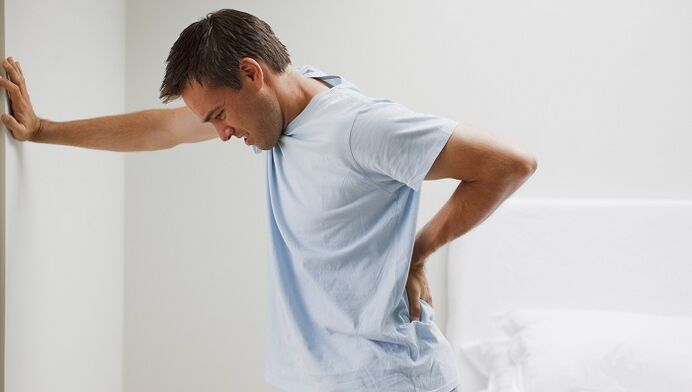
In this case, are there any signs of lumbar osteochondrosis?Symptoms may vary during this period.The fact is that the damaged disc begins to squeeze the nerve roots, accompanied by SO, is known as "radiation syndrome."
At the same time, the patient disrupts the sensitivity of those areas innervated by the compression nerve.Usually, a slight numbness and tingling may occur at first, but without treatment, the sensitivity may be completely lost.This is usually accompanied by motor activity, with gradual atrophy of the muscles and sometimes even complete paralysis.
By the way, based on the localization of this change, we can assume which vertebrae are affected by the disease.For example, if changes or loss of sensitivity are observed in the heel and pain can cause to the calf muscles, the patient may have lumbar bone osteocartilage.
In some patients, SO is observed as "caudal equine syndrome", which is associated with compression of the root occurring in the lumbar and s-bone parts of the spine.This condition is characterized by violation of the motor function of the legs and various diseases of the pelvic organs.
Lumbar osteochondrosis: Symptoms of Stage 4
At this stage, all articular and vertebral ligaments have been involved in the process.Furthermore, there is fibrosis on the disc, where all elements are replaced by dense scar fabrics.
By the way, at this point, the patient's patients may improve.But the spine, lower back and legs are very limited in mobility.
Modern diagnostic methods
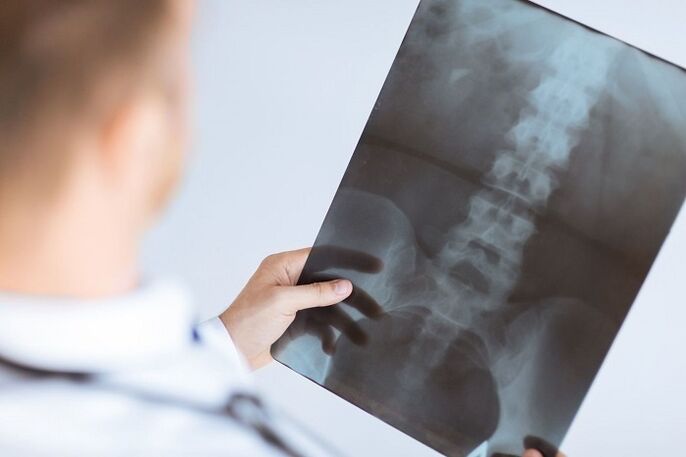
In the event of persistent pain and discomfort in the lower back, you should consult your doctor.Only experts can determine the lumbar vertebrae of the spine.In this case, the diagnosis involves several stages.
First, the doctor will conduct general examinations, check for the presence of reflexes, radiation syndrome and the degree of migration.It is necessary to collect a complete history, because in this case it is important not only to make a diagnosis, but also to determine the cause of the development of the degeneration process.
In this case, the laboratory diagnostic method is not important.Therefore, the patient mainly targets the spine radiograph.X-ray images allow you to see the shrinkage of the vertebrae gap and determine the presence of bone growth and sealing on the surface of the vertebrae.
To more accurately assess the patient's condition, MRI and computed tomography, these studies describe spinal degenerative changes more clearly.
What are the complications of the disease?
In no case, this disease should be perceived as such a frivolous disease.Without timely treatment, patients not only have to face the limitations of pain and mobility, but also have to face more serious consequences.
In particular, degeneration of the intervertebral disc leads to the formation of hernia.In addition, compression of nerve roots can affect the work of many organs, including urine, sexuality, and sometimes digestive system.In some cases, the disease causes complete paralysis of the lower limbs and muscles.Changes in osteochondrosis are actually irreversible, so it is very important to start treatment in time.
Drug treatment for osteochondrosis
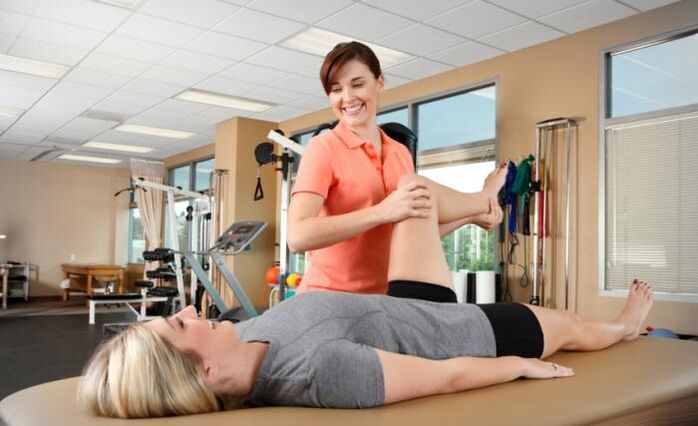
Only doctors know how to treat lumbar osteochondrosis.With this disease, treatment can be chosen individually because it depends on many factors, including individual characteristics of the patient's body.In any case, it should be understood that the treatment of osteochondrosis is a long and complex process.
Of course, some drugs were prescribed.Most of the time, this disease is used below.
- In the initial stages of treatment, cartilage protectors - drugs that inhibit the process of denaturation of the ink cartridge tissue.
- In the second stage, treatment of lumbar osteochondrosis may include the use of anti-inflammatory drugs that eliminate the soreness and inflammatory processes.
- Muscle relaxants eliminate muscle cramps.
- Local anesthetics are used for severe pain.For example, injection of pain medication can block pain.
- It is recommended that elderly patients take multivitamin complexes.
- Therapy also includes hemorrhagic drugs that improve blood circulation and tissue nutrition.
Other methods of conservative treatment
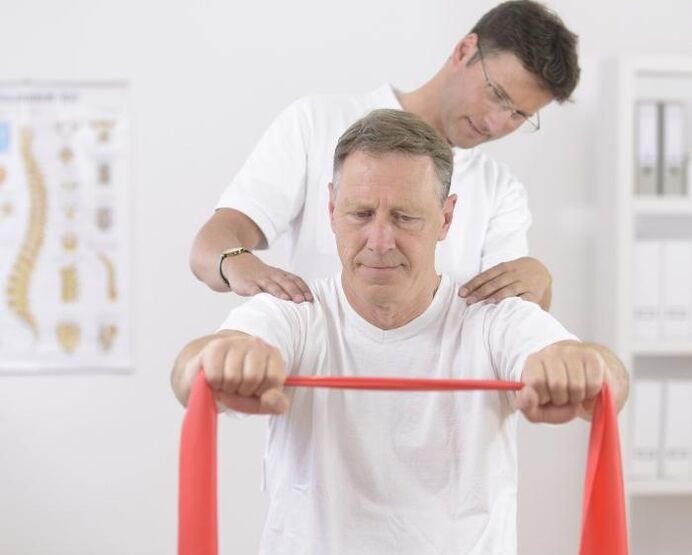
Of course, it is impossible to get rid of this disease with the help of drugs alone.The treatment of lumbar osteochondrosis includes other measures.In particular, therapeutic massage has a positive effect.Regular courses help eliminate muscle cramps and improve blood circulation in the tissue.
Gymnastics with lumbar and chondropathy are very important.This set of exercises is selected by the attending physician or physical therapist.Physical education helps restore mobility, improve blood circulation, and eliminate pain.Naturally, the course should be regular.On the other hand, physical exercise is contraindicated in the case of acute pain, during which the patient needs strict bed rest and wears a special corset, which reduces the load on the spine.
In addition, some physical therapy methods are used.In particular, UV radiation is considered very effective (eliminating spasms and pain), magnetic therapy, laser therapy, electrophoresis (helping to relieve inflammation and soreness), and Balne therapy.
When does surgical intervention need?
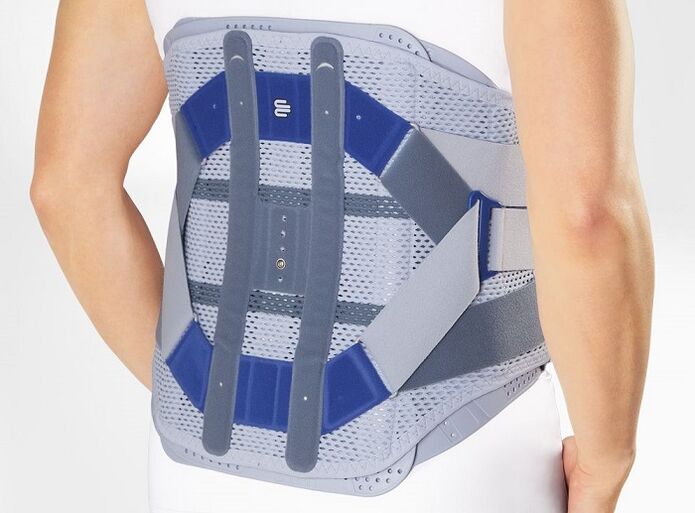
Unfortunately, in all cases, it can be treated conservatively, especially if the patient diagnoses a disc hernia.The indications for surgical intervention are also "bone tail" syndrome and severe compression of nerve roots.
To date, there are many techniques for such operations.Most commonly, also known as microsurgery and endoscopic surgery, are also performed to remove stress on blood vessels and nerves.


















